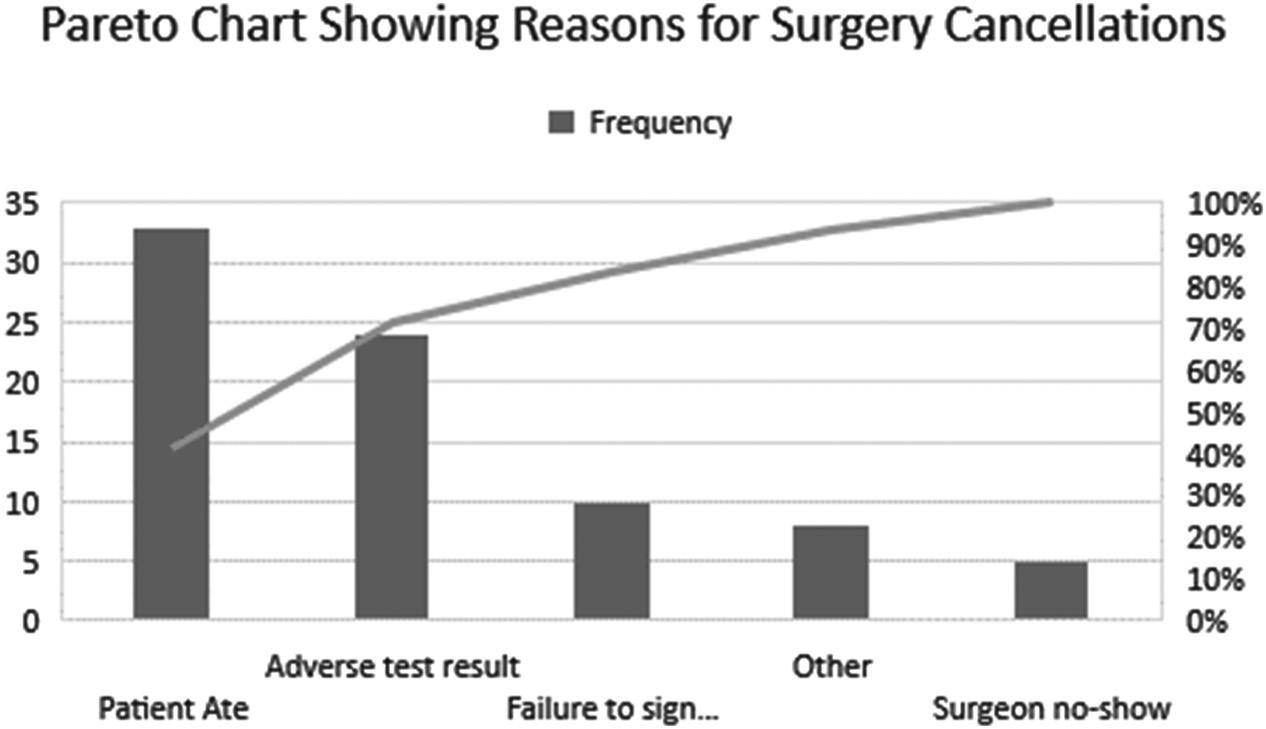The Patient Experience ◾ 57
What patients experience in the emergency department invariably carries over to the inpatient floors. Everything is related and connected. Physicians’ influence on the patient experience debate cannot be overstated. What is also clear is that patients want doctors who listen and treat them with respect, which is easier said than done. According to a Wall Street Journal Online/Harris Interactive healthcare poll in 2004, “People place more importance on doctors’ interpersonal skills than their medical judgment or experience,” and doctors’ failings in these areas are the overwhelming factor that drives patients to switch doctors. Eighty-five percent of those polled said that treating a patient with dignity and respect is an extremely important quality in a doctor, and 84 percent cited listening carefully and being easy to talk to as important qualities.
Tactics and Strategies for Improving HCAHPS Scores 1. Leadership Rounding: Leadership rounding is a process where leaders (e.g., administrators, department heads, and nurse managers) walk around the building with staff and residents, talking with them directly about the care and services provided in the organization. Rounding with staff and residents is an effective method for leaders to hear firsthand what is going well and what issues should be addressed. Leadership rounding has become a key to successful management over the years. Tom Peters coined the term “management by walking around” in the late 1970s; the Japanese know it as the “Gemba Walk.” It goes beyond visibility and serves as an important signal of leadership’s commitment to performance improvement. It is a good time to acknowledge the work done by staff, physicians, and other clinical personnel. Leader rounding provides a great opportunity for bridging the divide between administration and clinicians. Studies have shown that senior leader rounds provide a way for patients to access and provide feedback to an organization’s C-suite (Dempsey et al., 2014). Senior leader rounds give leaders an opportunity to express their appreciation to the patients who chose the hospital for their care (Dempsey et al., 2014). Patients visited by a nurse leader during their hospital stay are more likely to give top box ratings across all HCAHPS measures. A visit from a nurse leader improves the way a patient perceives nursing care in general and the areas of nurse communication, information regarding medication, and preparation for discharge and the transition to the











